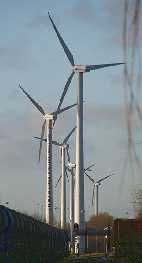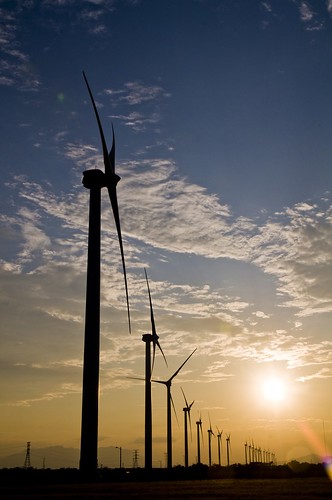Survey: Given Our Energy Policies, How Likely Is It…..?
I’d like to ask a favor, if I may. We have a quick survey up on the 2GreenEnergy website – one that, interestingly enough, calls for you to predict the future. Given our current energy policies and the rate at which they’re changing, what do you think the world will be like five years from now? What events do you believe are likely to occur between now and the year 2017? Which do you think are improbable?
As usual, we’ll tabulate the results and offer you a free copy of the report that comes as a result.
And as always, we appreciate your help.
Here’s the link:
http://2greenenergy.com/survey-what-will-happen-in-the-next-five-years/




 Rogelio writes:
Rogelio writes:

